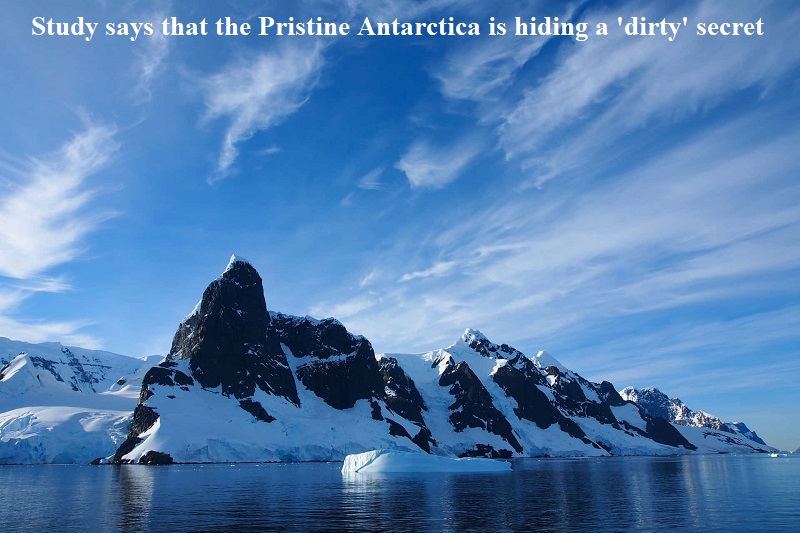
Antarctica, often lauded as one of the last pristine places on Earth, conceals a troubling secret, as recent research published in PLOS One in August has uncovered. It reveals that portions of the seafloor near Australia’s Casey research station are as contaminated as certain urban waterways.
What’s even more concerning is that this contamination may be prevalent across older research stations in Antarctica, a warning voiced by study co-author Jonathan Stark, a marine ecologist from the Australian Antarctic Division in Hobart. Stark cautioned that these pollutants “accumulate over long time frames and don’t just go away.”
His research team discovered high concentrations of hydrocarbons, typically associated with fuels, and heavy metals such as lead, copper, and zinc. Many samples also contained polychlorinated biphenyls (PCBs), highly carcinogenic chemical compounds that were internationally banned in 2001.
Comparing these findings with data from the World Harbour Project, an international initiative monitoring large urban waterways, the researchers found that some samples contained levels of lead, copper, and zinc equivalent to those observed in parts of Sydney Harbour and Rio de Janeiro over the past two decades.
Ceisha Poirot, manager of policy, environment, and safety at Antarctica New Zealand in Christchurch, emphasized that the pollution issue isn’t unique to the Casey research station. According to her, “All national programs are dealing with this issue,” particularly as historical contamination is surfacing due to Earth’s warming. “Things that were once frozen in the soil are now becoming more mobile,” she explained.
Historically, poor waste management has been the primary source of Antarctica’s contamination, notes Terence Palmer, a marine scientist at Texas A&M University–Corpus Christi. Previous studies, in which Stark was involved, have demonstrated that polluted areas in Antarctica exhibit lower biodiversity compared to control locations, with some resilient species emerging as dominant. Stark underscores the need to determine if these effects have persisted, worsened, or if communities have adapted in any way.
As Antarctica becomes more crowded with over 100 research stations and national facilities, the issue of future pollution becomes increasingly pressing.

Post Your Comments